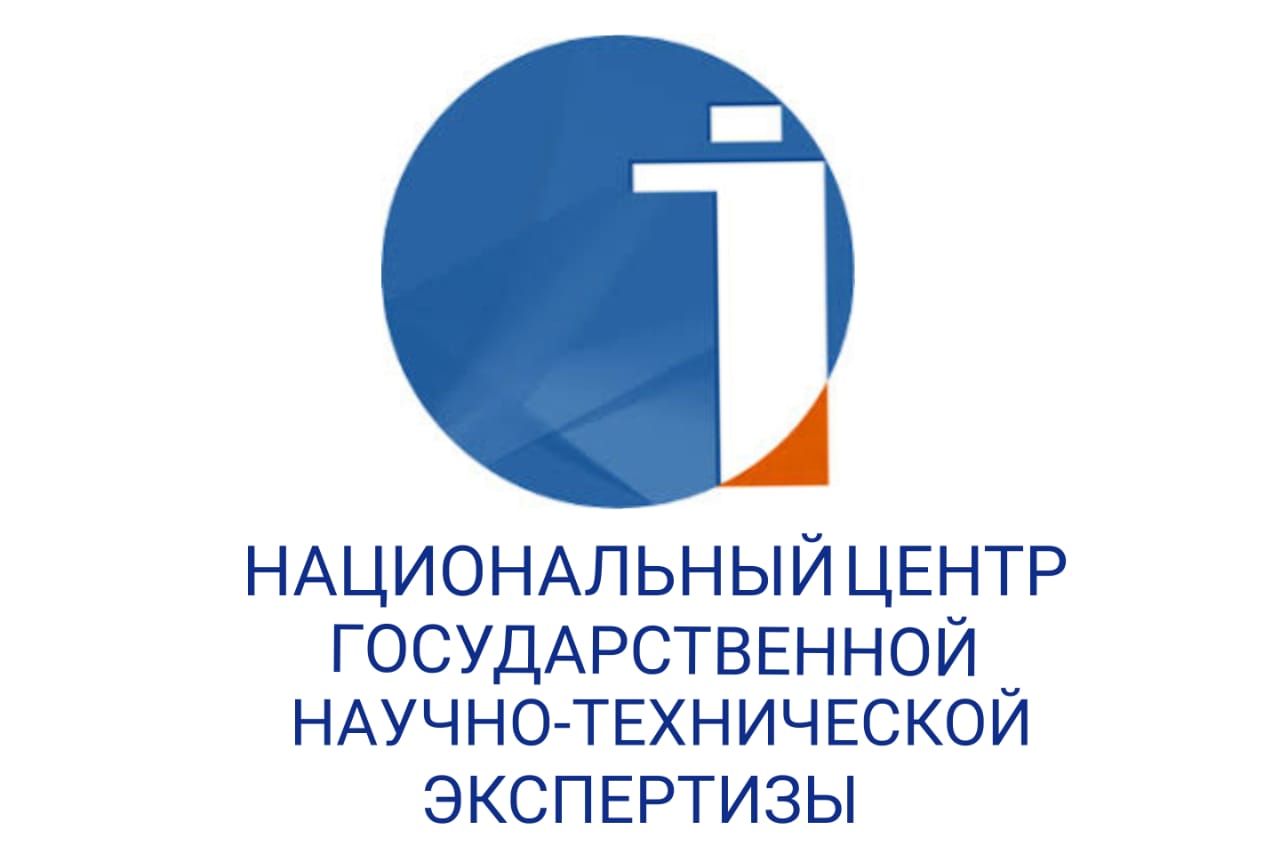DEVELOPMENT OF A METHODOLOGICAL SYSTEM FOR THE PREVENTION OF CYBERBULLYING
DOI:
https://doi.org/10.48371/PEDS.2025.77.2.010Keywords:
cyberbullying, adolescence, digital space, computer games, intellectual thinking, bullying, online-aggression, preventionAbstract
This article presents the development of a comprehensive methodological system aimed at preventing cyberbullying by integrating theoretical insights, psychological understanding, legal frameworks, and pedagogical strategies. The theoretical section synthesizes diverse scholarly definitions of cyberbullying and identifies its core manifestations: anonymous harassment, extortion, trolling, data distortion, exploitation of online gaming environments, and the constant accessibility of victims. It emphasizes that victims suffer both short-term effects (stress, anxiety, sleep disturbances) and long-term consequences (depression, reduced self-esteem, academic decline) across psychological and physical dimensions. The empirical study surveyed 312 students aged 11–17 and their parents across five schools in Almaty using Google Forms. Results indicated that 61.9% of parents are well-informed about cyberbullying, while 60.9% regard it as a critical issue warranting special preventive measures. Moreover, over 78% of respondents stressed the need for psychological support for victims, and 72% advocated for implementing school-based prevention programs. Based on these findings, a six-stage prevention model was proposed: (1) digital literacy workshops, (2) psychological seminars and peer support groups, (3) legal education clarifying relevant laws and accountability, (4) technical monitoring through the “SafeNet” mobile application, (5) media outreach campaigns via social and school networks, and (6) interagency collaboration among schools, families, and social services. Pilot implementation demonstrated a 34% reduction in reported cyberbullying incidents. Overall, the methodological system combines psychological support, pedagogical interventions, legal guidance, and technological tools to effectively safeguard adolescents in digital spaces. Future research should assess its long-term impact across different regions and refine the program accordingly.








